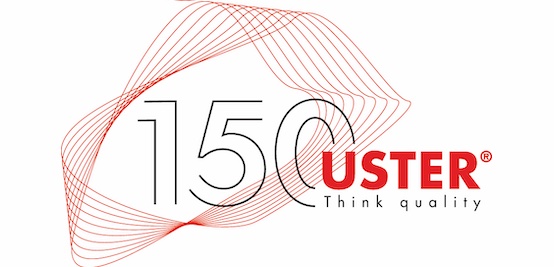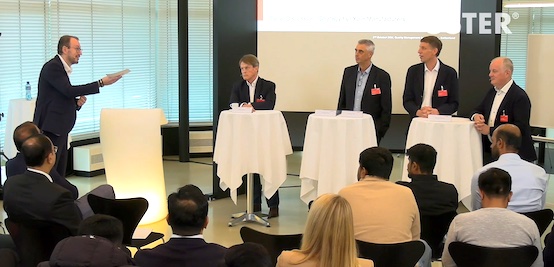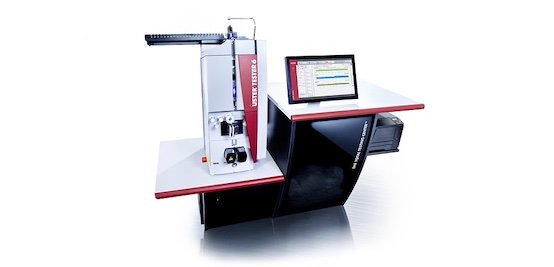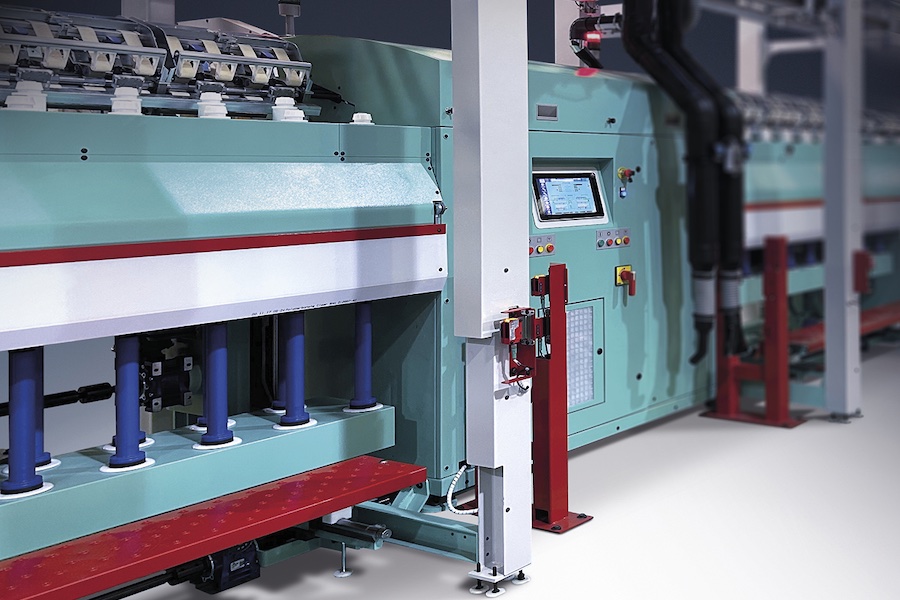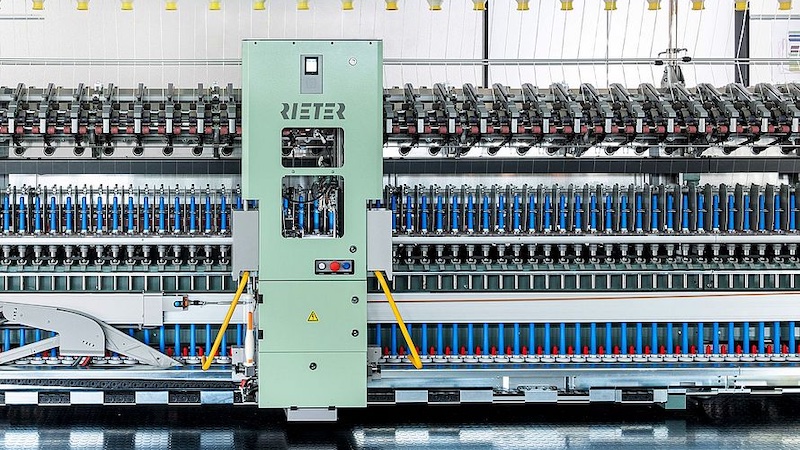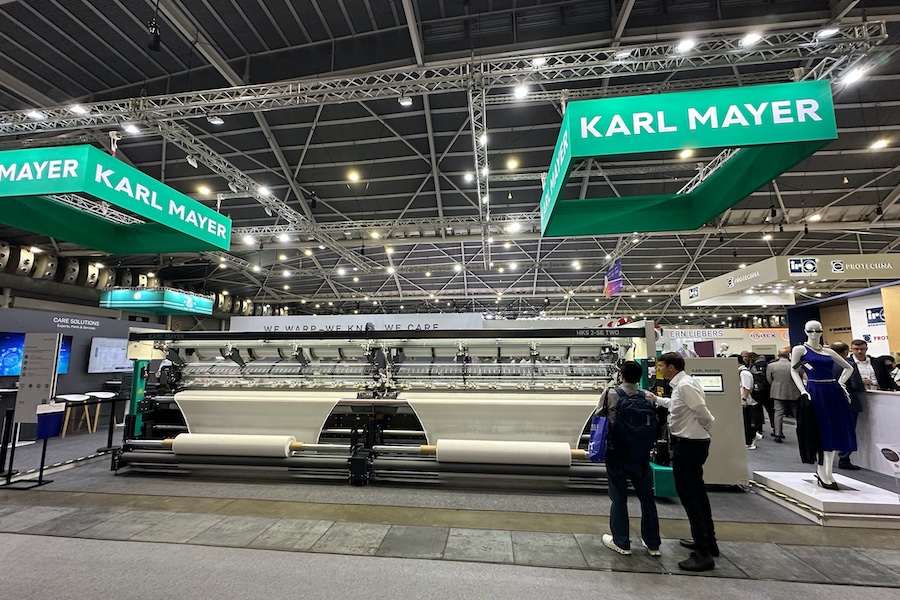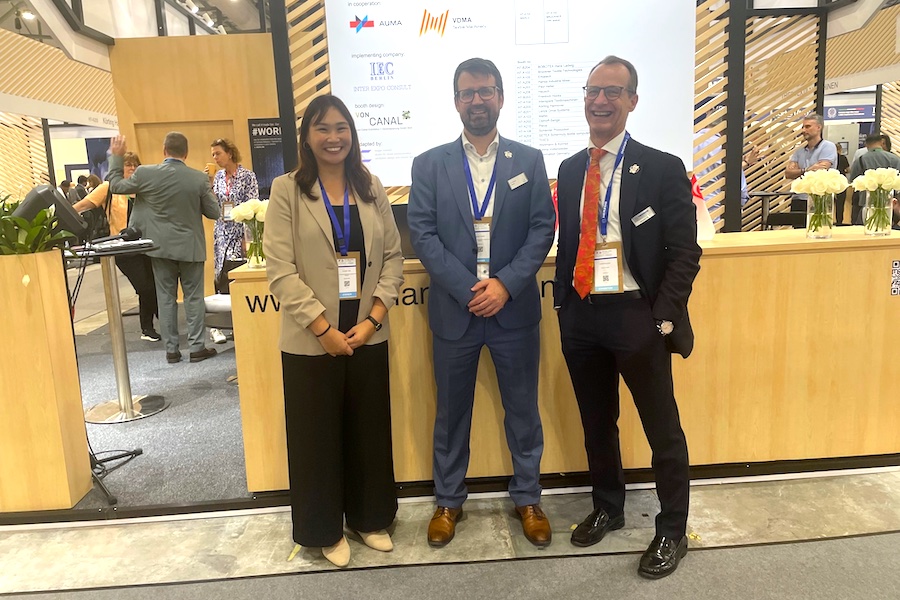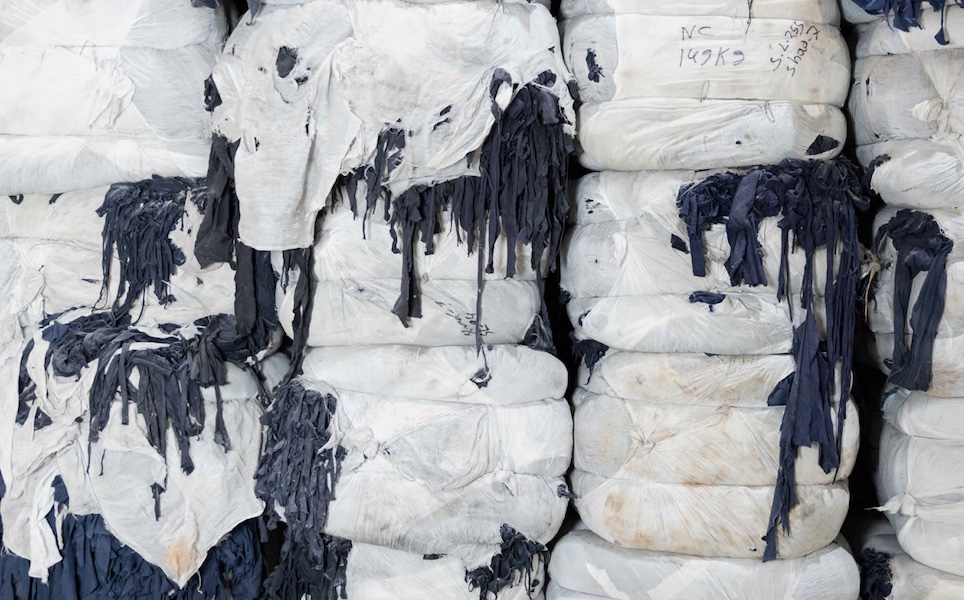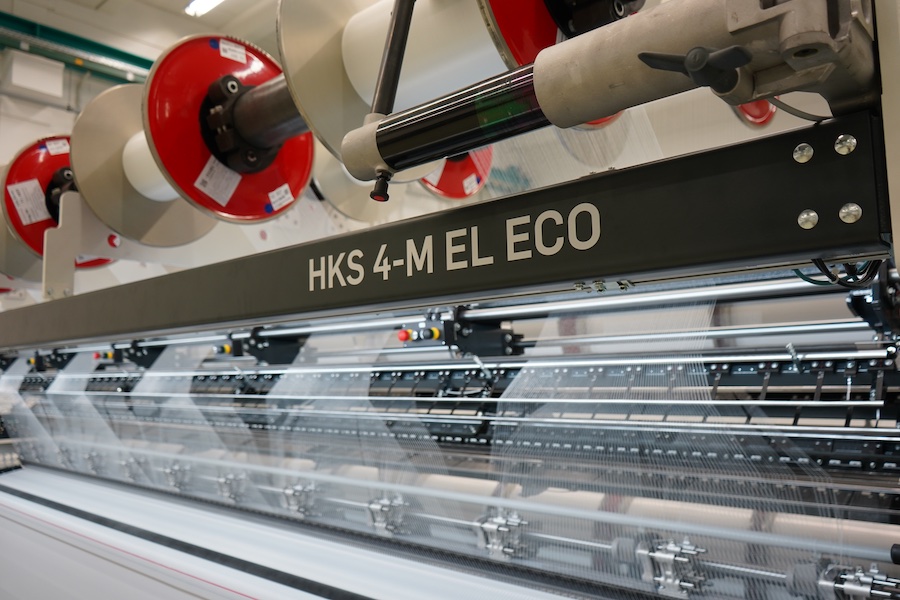#Spinning
New USTER® STATISTICS data offers competitive gains
How spinners can improve quality consistency and get the most out of raw material
Both these facts offer spinners potential for competitive advantages, arising from new data categories in USTER® STATISTICS 2018. This global benchmarking tool now includes revealing information about fiber elongation, as well as seed coat and fiber neps, and USTER explains how these can be exploited to improve yarn quality consistency.
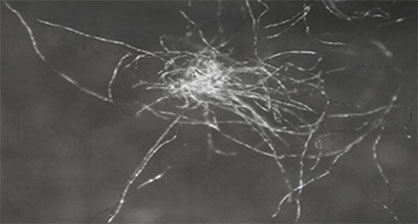
Fiber elongation
In conjunction with fiber tenacity, fiber elongation influences yarn elongation and the processing behavior of the yarn, since higher values will typically perform better in the weaving mill. For this reason, it was obviously beneficial to include fiber elongation in the latest USTER® STATISTICS.
Analysis of USTER databases show that the correlation between fiber elongation and yarn elongation of a combed cotton ring yarn is at a level of 85%. Although the twist multiplier and yarn production speed have a huge impact on yarn elongation, the basis for high yarn elongation actually comes from the fiber. The elongation of cotton fiber conclusively depends more on the type of cotton than the fiber length.
When engineering laydowns for yarn production, experts know which yarn parameters are influenced by certain fiber properties. It is possible to offset small deficiencies in one fiber property with an improvement in another. If a low fiber length might negatively affect yarn elongation and twist level, a slightly higher elongation in fiber could help.
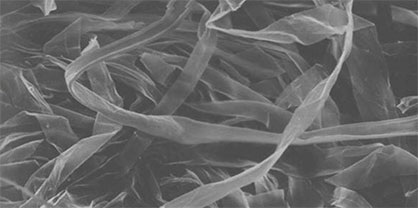
Seed coat nep or fiber nep?
Ginning mills today increasingly focus on productivity rather than quality. At the same time, gins have not been upgraded to match the increased volumes of cotton. This suggests that a more accurate evaluation of cottons is now advisable for spinning mills. This can be achieved by assessing fiber neps and seed coat neps separately. The distinction between these two types of nep count is now possible in USTER® STATISTICS 2018 – and this allows more detailed analysis and new benefits compared with the previous data covering only the total nep count.
Firstly, the mill can optimize laydowns to manage a specific nep component. It can also optimize the specific nep removal efficiency. The spinner can even predict more accurately the level of white spots showing in fabrics made from the yarn after dyeing. A high level of fiber neps, with a high proportion of immature fibers, can cause these white spots. By analyzing the fiber nep level at the laydown stage, mills can adjust their processes accordingly – for example by focusing on fiber nep reduction during carding.
With USTER® STATISTICS 2018, spinners are recommended to adjust card settings and compare the sliver data with the fiber nep processing chart, to benchmark the data against other mills. Combined with monitoring maturity, spinning mills can avoid or reduce white spots. If these are discovered during processing, the yarn can be redirected into a different application – such as bleached white t-shirts – where immature fiber neps are less disturbing.
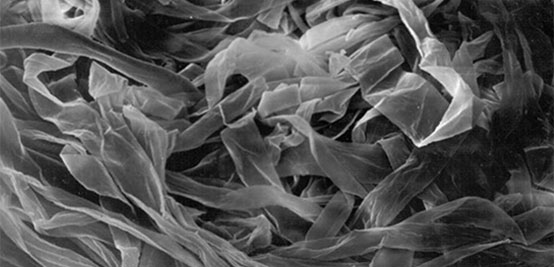
Vital data, right instrument
Established in 1957, USTER® STATISTICS are a vital source of quality data for the textile industry and are now newly available as an app. The value of USTER® STATISTICS 2018 is acknowledged worldwide, allowing yarn producers and their trading partners to compare quality levels objectively against global market standards. Testing thousands of samples each year during past decades allows USTER unique market observations – enabling it to adapt the scope of the Statistics accordingly.
For testing and analyzing the critical fiber raw material parameters for cotton spinning, the USTER® AFIS PRO 2 is the right instrument. It operates with unmatched accuracy and speed to measure fiber neps, seed coat neps, short fiber content, fineness, maturity, trash and dust – all of which influence yarn performance in manufacturing. That’s why USTER® AFIS is the industry standard for process optimization in spinning mills – proven with more than 1,200 installations worldwide.
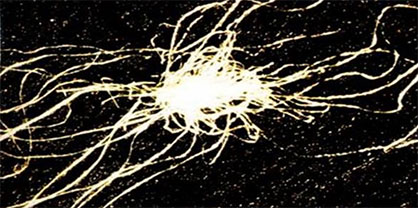
Optimal laydown recipe
The combination of textile know-how, current statistical data and advanced technology is the basis for consistent yarn quality, despite changing conditions and new trends. David McAlister, Product Manager Fiber Lab, Uster Technologies, says: “We could consider the laydown mixes used in yarn spinning as a ‘recipe’ and fiber quality parameters as the ‘ingredients’. We would then aim to adjust the ingredients to keep consistency in the recipe. With USTER® STATISTICS 2018, we can determine the relationship of fiber properties to yarn properties and from that we can learn how to adjust the ingredients of the recipe for optimal performance. This is important for cotton, as it is not always possible to obtain the same or similar fiber qualities year-in and year-out.”





